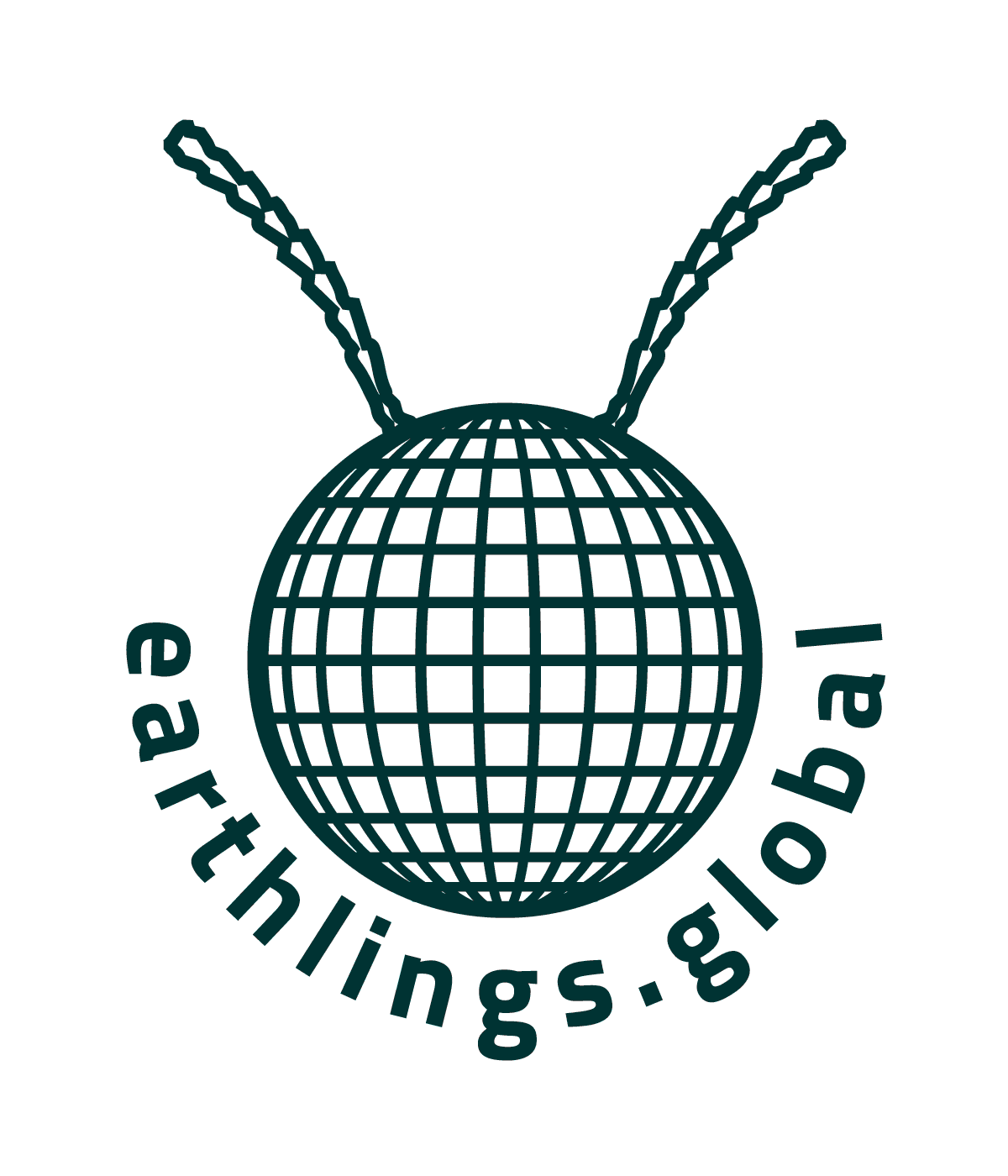The Problem with (exotic) pets…
Images courtesy Wikimedia Commons
While often marketed as harmless hobbies, the global trade in smaller exotic pets—- including reptiles, amphibians, birds, and invertebrates, has profound ecological, ethical, and social impacts. Often overlooked by regulators and the public alike, this industry contributes to biodiversity loss, animal suffering, invasive species introductions, and inequitable access to biological resources. It’s a perfect example of how unfettered capitalism and global inequality can turn human appreciation of zoology into a destructive cycle.
Biodiversity Loss Through Overharvesting
Many species in the exotic pet trade are extracted directly from the wild, often without meaningful ecological assessment or sustainable quotas. This extraction disproportionately affects endemic or range-restricted species, where even small-scale removals can lead to cascading population declines. For example, following the release of Finding Nemo, wild populations of clownfish (Amphiprioninae) declined due to heightened demand and unregulated collection (Journal of Fish Biology, 2012).
The Asian arowana (Scleropages formosus), often regarded as a status symbol, is another iconic example. Despite being listed as endangered under CITES Appendix I, black-market demand and insufficient enforcement have led to population fragmentation and widespread laundering of wild-caught specimens (TRAFFIC Report, 2020).
Another striking case is the overharvesting of the Tokay gecko (Gekko gecko), widely traded for both traditional medicine and the exotic pet market. In countries like Indonesia and the Philippines, demand has driven unsustainable wild collection, pushing local populations into steep decline before basic ecological or population data could even be established. As noted in a 2012 study, “current harvest levels are unlikely to be sustainable, especially given the lack of population monitoring and management” (Nijman & Shepherd, 2012, TRAFFIC Bulletin).
Despite being biologically understudied, millions of geckos have been exported annually, often with falsified documents or underreported numbers—hindering conservation efforts and disrupting local ecosystems before meaningful research can be done.
Ecological Disruption and Invasive Species Risk
Improper handling and transport, along with pet abandonment, contribute to the accidental or intentional release of exotic species into ecosystems where they do not belong. These introductions can cause irreversible ecological damage. Released Burmese pythons (Python bivittatus) have decimated small mammal populations in the Florida Everglades (PNAS, 2012), while invasive red-eared sliders (Trachemys scripta elegans) outcompete native turtles globally, often introduced via the pet trade (Global Ecology and Conservation, 2019).
Even small invertebrates pose risks: exotic tarantulas and isopods sent via unmarked mail—often without legal export permits or ecological screening—can escape, reproduce, and disrupt local microhabitats if released.
Animal Welfare and Transport Failures
The exotic pet trade is one of the least regulated sectors of wildlife commerce. Transport conditions are frequently substandard: animals are confined in plastic containers with inadequate temperature, humidity, or ventilation. Mortality rates during shipping can be high, and survivors often suffer long-term health complications (World Animal Protection Report, 2021). Once purchased, animals may be cared for by individuals lacking access to appropriate husbandry knowledge, leading to widespread neglect, abandonment, or premature death.
Economic Inequality and Extractive Access
Wildlife collected from biodiverse but economically vulnerable regions is often sold into wealthy markets in North America, Europe, and East Asia. The highest bidder—typically a private collector or reseller—gains access to rare organisms, while local communities receive little to no benefit and ecosystems are left depleted. Scientists and educators, who could responsibly care for and study these species, are priced out. The trade thus mirrors broader extractive patterns that exploit both people and the planet.
Toward a Better System: Circular, Community-Based Stewardship
At Earthlings.Global, we believe there is a better way—one rooted in ethical collaboration, citizen science, and a circular economy model that reinvests value back into ecosystems and communities.
Instead of extraction and speculation, we work with institutional partners to ethically source charismatic species—starting with invertebrates like isopods and mantises—and place them with trained stewards who care for them as part of structured educational and research programs. These citizen scientists contribute data to open platforms, creating decentralized knowledge networks that support conservation and scientific discovery. This is how the hobbyist community once helped invent the now-standard rain chamber for rare frog husbandry—proving that care-based communities can generate real breakthroughs.
And rather than sending profits into speculative markets, our model keeps value circulating: proceeds support habitat conservation, scientific collaboration, and local livelihoods. Participants don’t just “own” a creature—they become part of its story. They help rewrite what it means to be in relationship with life on Earth.
We’re not just reimagining the pet trade. We’re rewilding human attention—and building a future where care, curiosity, and accountability are the norm.


